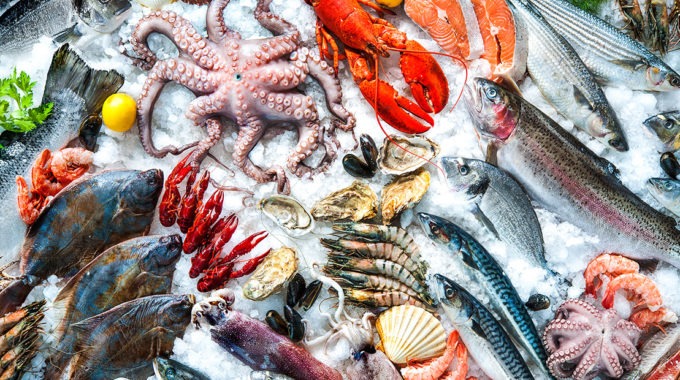There are plenty more fish in the sea
Australia’s oceans are overflowing with thousands of diverse, delicious, top-quality seafood species. So why are we only eating a handful of them? Eativity speaks with Sydney Fish Market’s resident seafood savant Alex Stollznow to discover what we’re missing out on and why we should be angling to get more underutilised seafood species on our plates.
Stollznow explains that the Australian habit of sticking with the same old stock-standard seafoods can be traced back as far as British colonisation. This is despite the fact that UK marine life and Australian marine life are quite literally worlds apart.
“England has cold waters on their shores, which hold more nutrients than warmer waters,” he says. “A greater nutrient density gives you an abundance of fish, but a small number of species. In Australia, we’re the opposite.”
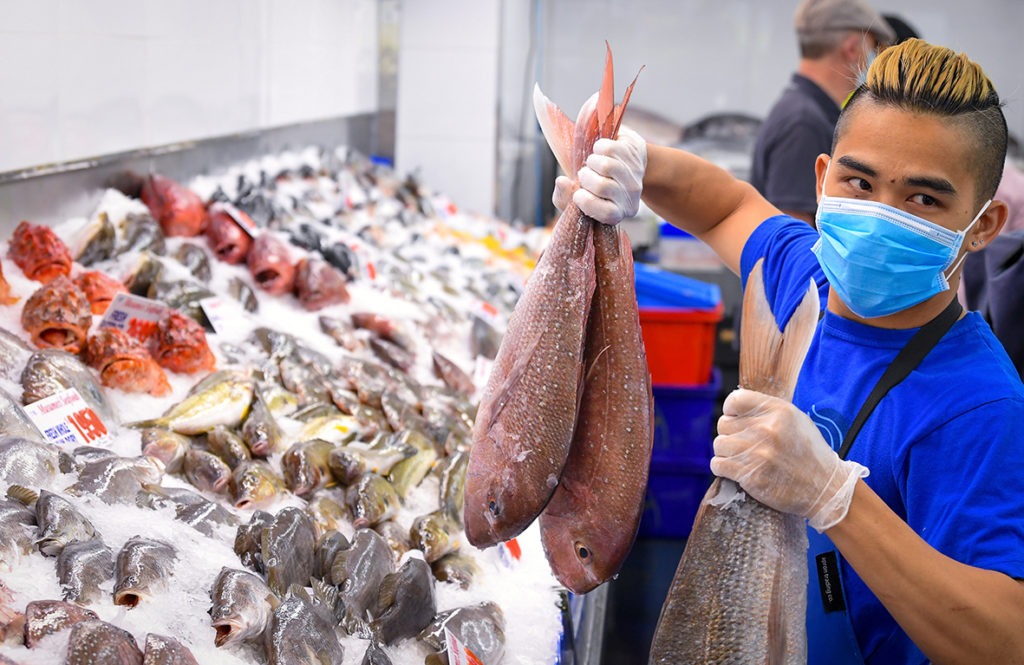
When Australia was settled by the British, they came from a culture that ate perhaps half a dozen species, such as cod, haddock, turbot and bream. This accounted for the majority of wild seafood consumed here for the first 150-odd years of white settlement.
“But when Australia relaxed its migration restrictions to include people from outside the UK, we started to become more culturally diversified,” Stollznow says. “Prior to that, Australian fishermen would catch things like squid and octopus, and because there was no domestic market that wanted to eat these, they were used as bait or fertiliser.”
When migrants began arriving Australia from parts of the world that ate this type of seafood, it created a new market. But while the introduction of new cuisines has certainly had a marvellous influence on our national palates, to this day the majority of Australians are still only eating a handful of the many species that are available to us.
“In our territorial waters, we have around 5000 commercial marine species,” Stollznow says. “And we’re eating maybe 12 of them. Maybe.”

Fishing for complements
So what should you be eating? While the world is your oyster when it comes to the thousands of different species you can try, Stollznow has his own list of favourites, which includes luderick, Australian salmon and albacore tuna.
Most of us know the highly-prized yellowfin and bluefin tuna, but there are also about a dozen smaller species such as mackerel tuna or striped tuna, also known as skipjack.
“Then you’ve got the albacore tuna, which is found worldwide and is incredibly popular in America,” he says. “In the States you’re looking at around $30 a pound for albacore steak. Here you’d pay maybe $20 a kilo – for sashimi grade.”
You can buy albacore tuna steaks, but if you’ve got a big barbecue, Stollznow recommends getting your hands on a whole one: “A whole fish would be between maybe $6 and $10 a kilo, and you’d be looking at a yield rate of around 60 percent,” he says. “So a six-kilo albacore tuna is going to give you about three-and-a-half kilos of steaks.”
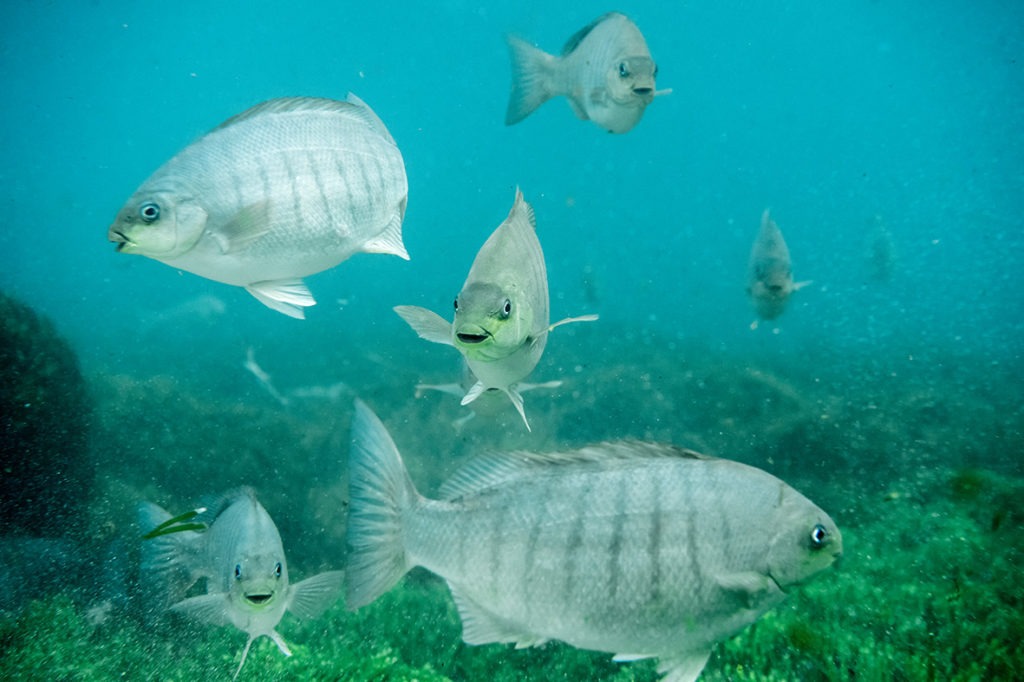
A bad rep is hard to shake
Luderick is another example of a species that deserves a little more love. Once known as blackfish, during the Great Depression many people in Sydney relied heavily on this fish as a food source. But sadly, it doesn’t have a great culinary reputation.
“The main reason for this is that they’re catadromous – they’re born in fresh water, then move out to salt water to feed and breed,” Stollznow explains. “But they happily move back into brackish, muddy estuary waters.
“They’re a bit like mullet, in that if you catch one from muddy waters, it will have an earthiness to its flesh. It’s not overpowering, but one time maybe 80 years ago, one guy had one that was muddy, and he didn’t like it. And he told his mates and they told their kids… and before you know it, it’s got a bad reputation.”
But this fishy infamy is actually quite unfair. According to Stollznow, luderick can be “fantastic” to eat. It just depends on where it’s been caught.
“They’re a bit like oysters in that they’ll typify the environment that they come from,” he says. “Luderick can tend towards muddiness in bad conditions, but from the right conditions it has a very crisp, light, briny flavour.”
The pro tip for those who want to try it? Just ask your fishmonger where it was caught.
“Always ask your fishmonger where your fish is from,” Stollznow says. “It’s a good litmus test to see how engaged your retailer is. If they can’t tell you, find a better fishmonger.”
How you cook your luderick is up to you, but it can be delicious lightly cured and served with a punchy salad, or barbecued over hot coals. It’s also ideal in a classic fish and chips.
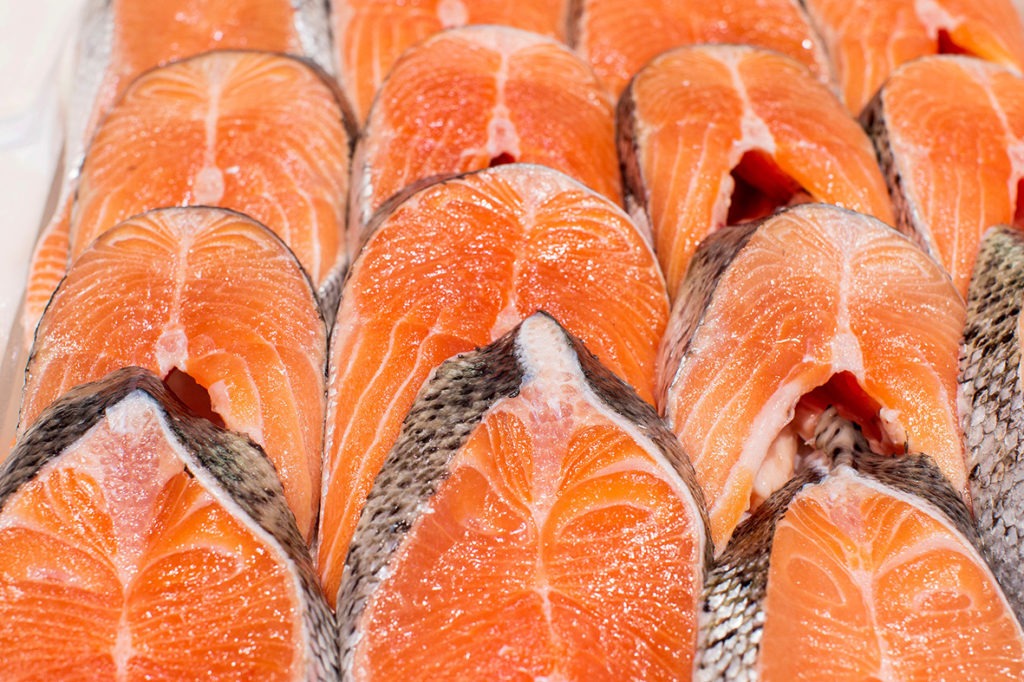
Australian vs. Atlantic
Everyone has heard of salmon, but the salmon that most of us are familiar with isn’t native to Australia – it’s Atlantic salmon. But we do have our own native Australian salmon.
“You can put it in a similar camp to luderick in that it’s got a bad reputation decided by old guys who never learned how to cook and who probably never even ate one,” Stollznow says.
Australian salmon and Atlantic salmon might have similar names, but the two are completely different. Australian salmon is part of the perch family, so is not even related to Atlantic salmon. They’re quite an efficient fish to catch, as they migrate in huge numbers, which makes it easy for fishers to haul in a big net-load in one go. Because it’s so easy to catch large numbers in a short space of time, this keeps the price of Australian salmon down. And as Stollznow explains, unfortunately most people look at price as an indication of quality.
“That doesn’t always apply in seafood,” he stresses. “If something is difficult to catch and you’re only catching one at a time, it’s going to be expensive, but if you’re catching 2000 at once, it’s going to be cheaper. If a consumer has never tried it; if they go into a shop and see snapper is $20 a kilo and Australian salmon is $6 a kilo, it makes sense to assume that it’s one third the quality. But that’s not even close to being true.”

An ocean-load of benefits
Some Australian seafood is unpopular simply because of its appearance, but just because something looks a bit weird doesn’t mean it can’t be absolutely delicious.
“The eastern red scorpionfish is good example,” Stollznow says. “When I was a kid, we called these red rock cod, and I was told that they were inedible. They are not inedible.
“They’re very highly prized everywhere else in the world where they’re caught, which is widely throughout Asia and other parts of the Pacific. The meat is nearly identical to lobster – it’s a springy chewy, dense, sweet, white, bright flesh with a very tight fibre.”
But exploring Australia’s more underutilised seafood species can offer plenty of benefits beyond the gustatory – for you, for fishers and for the marine environment.
“Even without increasing how much seafood you eat, just by diversifying what you do eat, you’re taking pressure off the handful of fully fished species in Australia,” Stollznow says.
Choosing different types of seafood – which are usually a bycatch of pre-established fisheries – means you’re not asking fishers to work any harder to feed you, and if supply outstrips demand, it’s also going to be cheaper. Further, the more diverse your diet – whether it be seafood, vegetables or other whole foods – the broader your nutrient intake.
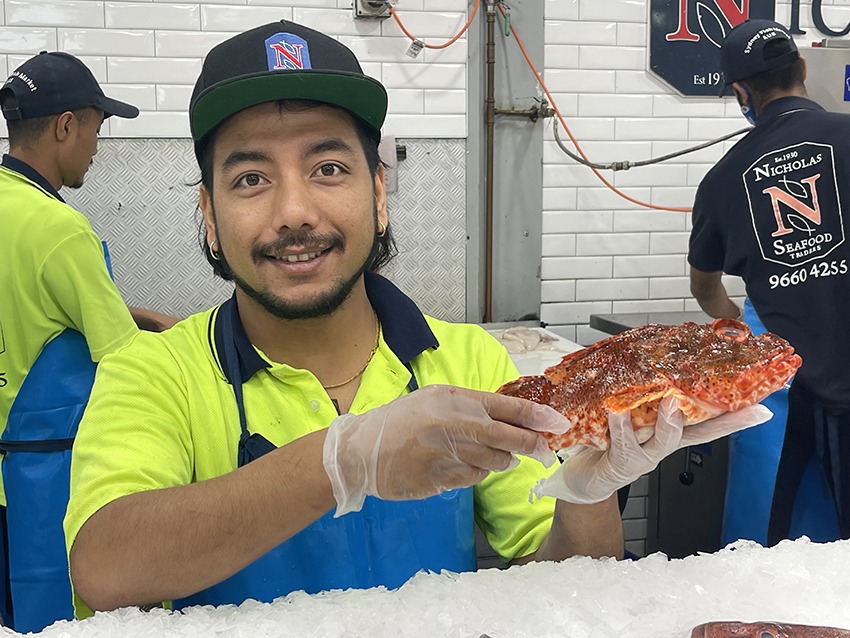
Casting a wider net
The bottom line in all of this is that diversity is key. Simply substituting one type of fish for another and sticking with it is missing the point. Stollznow highlights a campaign run by UK celebrity chef Hugh Fearnley-Whittingstall 10 years ago called Hugh’s Fish Fight.
“Basically, he was trying to get Britons to stop eating cod and chips,” Stollznow says. “It was a big thing – even Prince Charles got involved. But the English responded by saying, ‘Okay, we’ll all eat haddock and chips now’. And he had to say, you miss the point. You’ve just got to eat whatever is available whenever it’s caught. You have to diversify.”
So why not set yourself a challenge? The next time you’re going to buy some fish, go for something that’s Australian, and that you haven’t heard of before. Having a fishmonger you can trust is a great resource for this, and Stollznow says that asking them for their recommendation is a great way to earn their respect.
“Say you’d normally use snapper for a certain dish; tell them you’d like to try something different – ask what they have that’s Australian and a little more interesting,” he suggests. “You’ll get the raised eyebrow and the nod of respect.
“Then next time he goes to the market he’ll be thinking about the fact that his customers want to try new things. So maybe he will buy that mixed box of odds and ends and make it available. It all starts with the consumer.”


